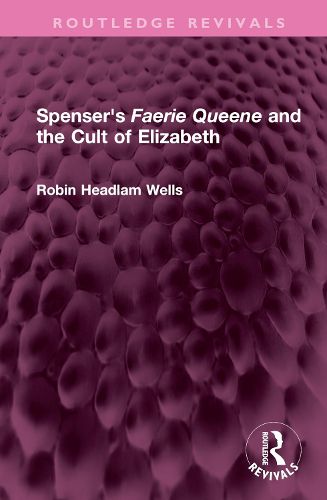Readings Newsletter
Become a Readings Member to make your shopping experience even easier.
Sign in or sign up for free!
You’re not far away from qualifying for FREE standard shipping within Australia
You’ve qualified for FREE standard shipping within Australia
The cart is loading…






First published in 1983, Spenser's Faerie Queene and the Cult of Elizabeth presents The Faerie Queene as a central document in the cult of Elizabeth. It shows how Spenser combines the resources of medieval iconography and Renaissance rhetoric in celebrating the Queen as the predestined ruler of an elect nation. In its introductory discussion of Renaissance poetics, the book emphasises the contemporary belief in the moral function of praise. Particular attention is given to the popular identification of Elizabeth with the Virgin Mary. If Elizabeth's gender created problems for a poet writing in the heroic mode, at the same time it made available to him a form of praise that no secular poet had been able to use before. While the book contains material of interest to the Renaissance specialist, its lucid style and the valuable background material it provides will appeal to undergraduates reading Spenser for the first time.
$9.00 standard shipping within Australia
FREE standard shipping within Australia for orders over $100.00
Express & International shipping calculated at checkout
First published in 1983, Spenser's Faerie Queene and the Cult of Elizabeth presents The Faerie Queene as a central document in the cult of Elizabeth. It shows how Spenser combines the resources of medieval iconography and Renaissance rhetoric in celebrating the Queen as the predestined ruler of an elect nation. In its introductory discussion of Renaissance poetics, the book emphasises the contemporary belief in the moral function of praise. Particular attention is given to the popular identification of Elizabeth with the Virgin Mary. If Elizabeth's gender created problems for a poet writing in the heroic mode, at the same time it made available to him a form of praise that no secular poet had been able to use before. While the book contains material of interest to the Renaissance specialist, its lucid style and the valuable background material it provides will appeal to undergraduates reading Spenser for the first time.